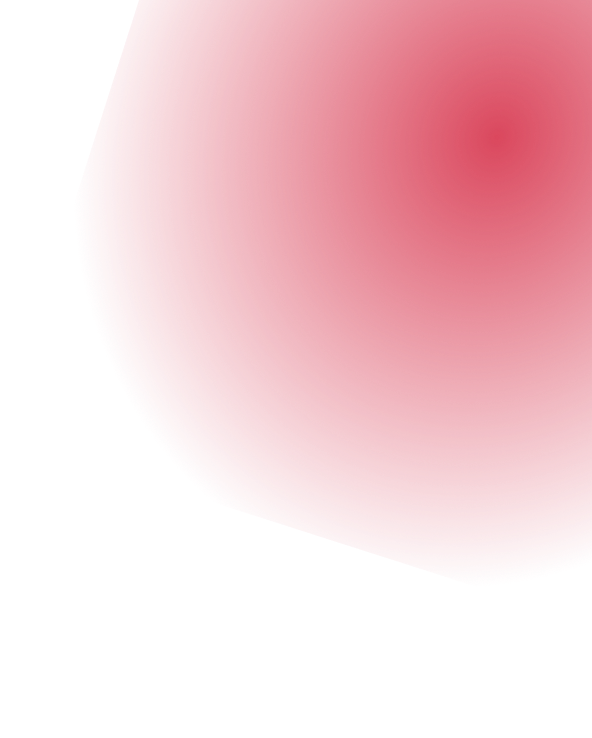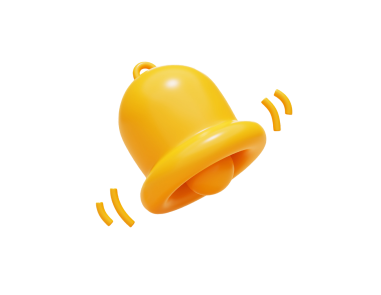


Whether you’re launching a startup or giving your business a new branding design, hiring the right web designer can influence how your brand is seen online. Your website is often the first interaction with potential customers who want to work with your company.
So, you’re probably asking yourself how to hire a web designer who understands my vision but also brings my website user-friendly and visually appealing at the same time?
This guide will walk you through everything you need to know, from identifying your goals to onboarding the right talent, whether it’s in-house, freelancer or through a contingent workforce. Our guide will show you our top 10 steps on how to hire the right web designer for your website.
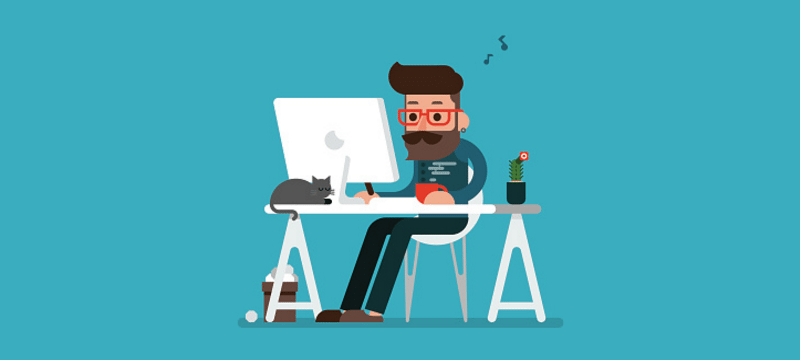
A professionally developed website helps to build trust among new customers, brand values and drives possible conversions. This can help to impact your SEO ranking, user experiences (UX) and even your business operations. However, hiring the wrong designer can result in money loss, time and even reputation.
Let’s look into our 10 steps to hire a reliable website designer for your website:
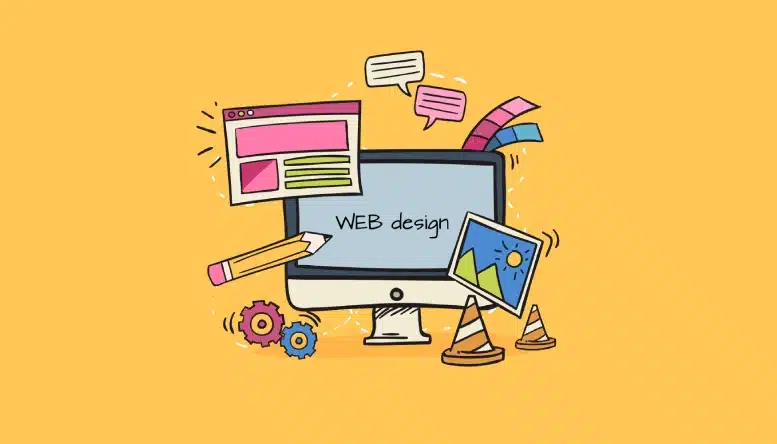
Before you begin your search, you must clarify what your website may need or what you’d like to achieve. You can ask yourself:
By asking these questions, you can establish your vision for your website and set the right expectations to ensure you create the ideal website.
You then need to determine what type of web designer you may need, and there are many different types:
Depending on what your website or project needs, you may need more than one of these roles. That’s why it’s essential to determine which one you may need.
There are many ways to hire a web designer, so it’s essential to discuss what your hiring model is:
This is the best approach for companies that need ongoing work and want to work with collaborators. This is effective for long-term investments.Based on the scope of delivery expected from the in-house function, the position may require a full-time employee or a part-time one.
This is beneficial for solutions including branding, copywriting, SEO and development. It’s important to note that agencies come at a higher cost.
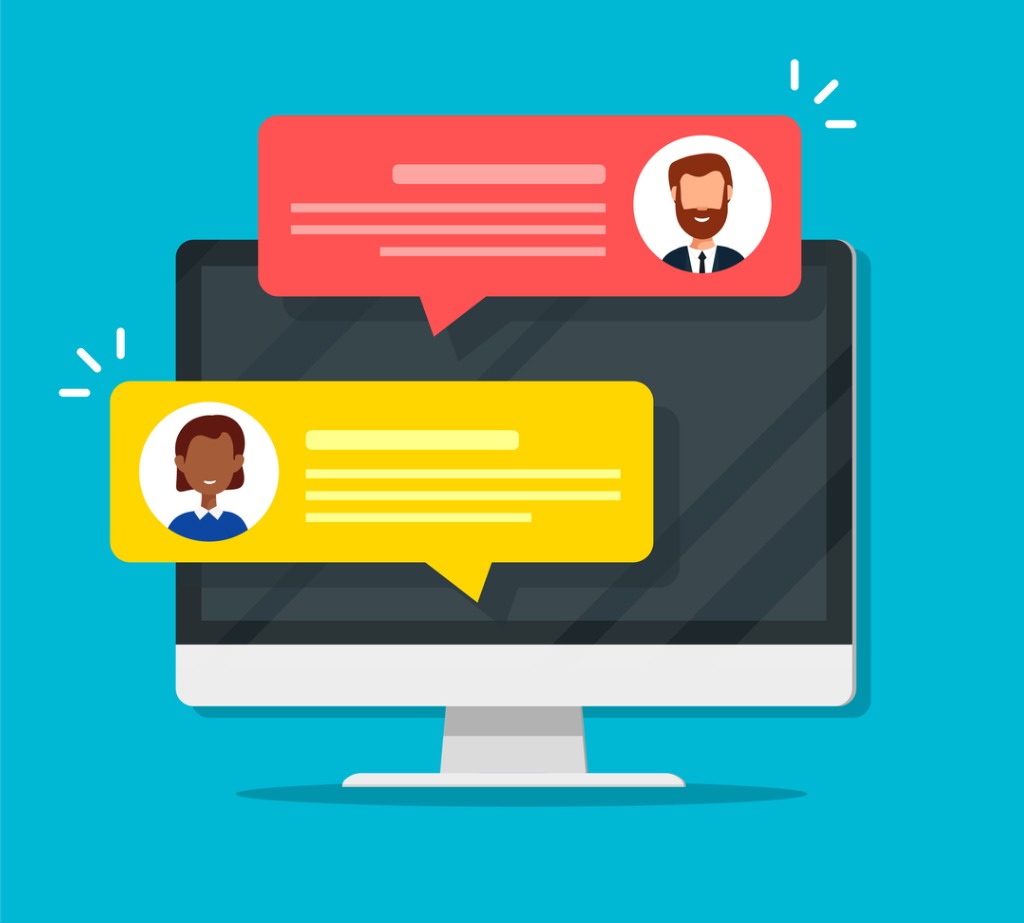
Using a contingent workforce can support companies to scale quickly while minimising any overhead. This system works with freelancers, temporary hires and contractors who aren’t in full-time employment. Consider different contingent workforce examples to understand the structuring of short-term or project-based designs
By understanding the different types of hiring models, businesses can ensure they hire the right web designer to enhance their business operations and develop an effective website.
Here are some top places to find the right web designer:
Once you have a few candidates in mind, it’s essential to evaluate their portfolios now and understand their experience. You should look out for:
You can also ask questions like:
By taking these factors and points into consideration, you can find the best web designer who can understand your vision and business branding.
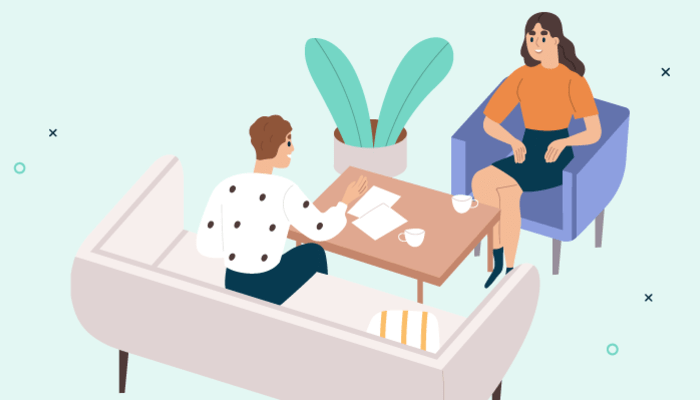
You must look beyond design when looking for the right web designer. Here are some questions you can ask:
If you’re hiring a contingent worker, it’s essential to clarify how they can integrate with your team.
As a business owner, you must be upfront about:
You must also ensure you get everything in writing by having a detailed contract, so that both you and the designer can ensure expectations are clear from day one of the project.
If you’re uncertain, you can offer a trial or small paid test project, such as designing a landing page or a section of the website. This will allow you to look into the web designers:
This is a great way to assess whether they fit your business and the project before going into a full-scale engagement.
Once the project starts, your input is essential as it’s your website. Here’s how to discuss and make feedback constructive:
Designing is a collaborative process, and good communication can lead to better outcomes regarding your website.
When the design process is complete:
If you’re hiring globally, you must also consider labor laws, IP protection and compliance regulations. Using a global workforce solution can ensure you have a smoother process and a secure system.
Having a web designer can sometimes be challenging, as it requires finding the right approach and ensuring you find someone who understands your branding and can create an effective, high-performance website. Whether you’re hiring through flexible models or the traditional route, you must ensure you have effective communication and collaboration during the process.
Navigating global hiring and following compliance regulations to find your next web designer can be effective by following our 10 steps and ensuring you’re communicating well with your team.
Consider our ten steps and look for the right web designer to enhance your website and ensure your business can stand out in 2025.


